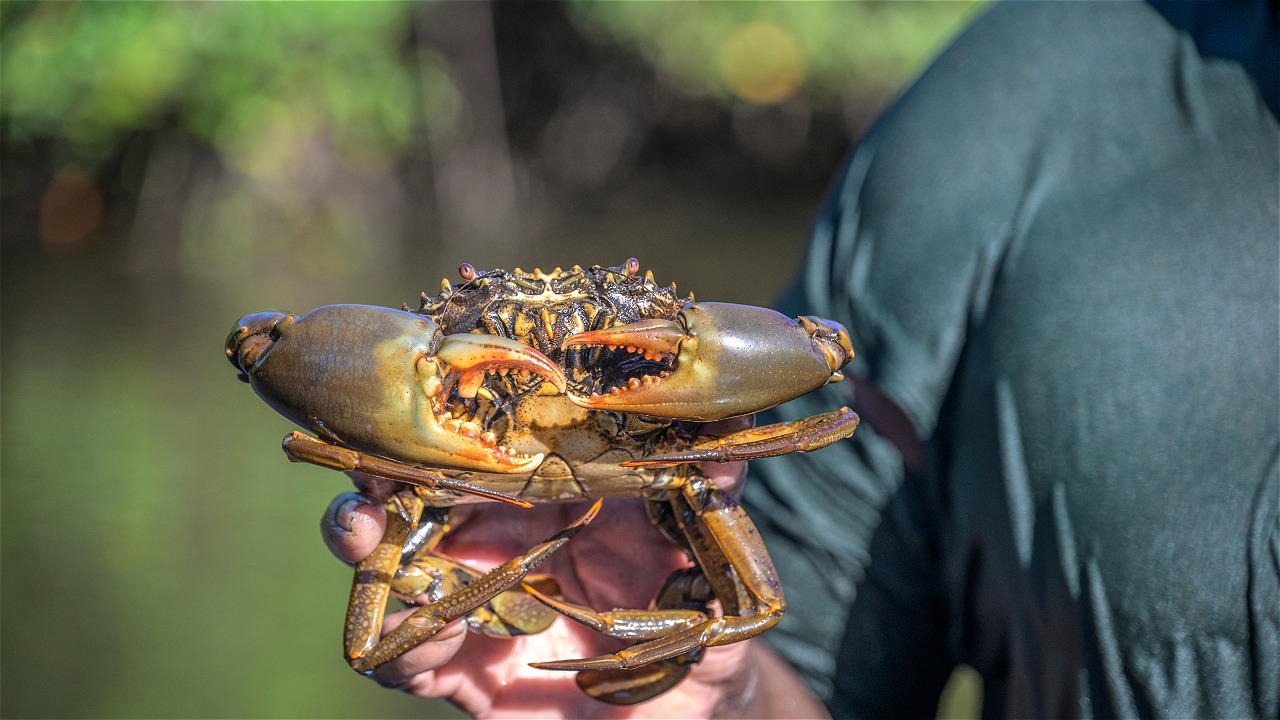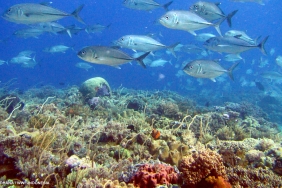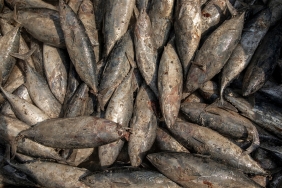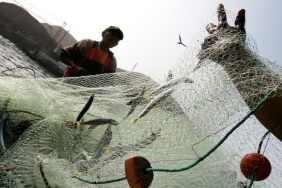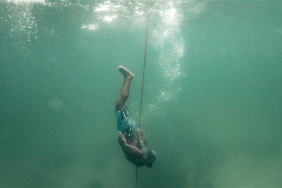A BRIGHT PATH FOR SUSTAINABLE MANGROVE CRAB IN SOUTHEAST MALUKU
Author: Faridz Rizal Fachri (Fisheries Business Officer Program Inner Banda Arc Subseascape/IBAS), WWF-Indonesia
Attention to the condition of mud crab fisheries has become one of the government's priorities. This is evident with the issuance of the Minister of Maritime Affairs and Fisheries Regulation (PERMEN-KP) of the Republic of Indonesia Number 1 Year 2015, concerning the capture of lobsters (Panulirus spp.), mud crabs (Scylla spp.), and crabs (Pelagicus spp.). Some of the things that are regulated related to mangrove crab commodities in this PERMEN-KP are the minimum limit of carapace length, weight and prohibition of fishing for crabs that lay eggs. Until now, this regulation is still being implemented in stages.
In line with this, WWF-Indonesia published Better Management PracticesBMP-a series of sustainable fishing and handling guidelines for mangrove crab fisheries, the result of a long process involving practitioners and academics. Looking at the mangrove crab resources in Southeast Maluku, it is certainly quite potential with a mangrove ecosystem area of 959.05 Ha centered on Hoat Soarbay Bay, which is included in the Coastal and Small Islands Conservation Area (KKP3K) of Kei Kecil Island, Islands and Surrounding Waters, Southeast Maluku Regency. Therefore, the management of mangrove crab commodities should be directed towards environmentally friendly and sustainable practices as much as possible, through the mangrove crab fisheries improvement program (FIP) in Hoat Soarbay Bay, Southeast Maluku.
BMP Training and Mangrove Crab RBF Assessment
In order to support sustainable mangrove crab fishing practices, a BMP training was conducted involving the Sinar Abadi fishermen group together with WWF-Indonesia Inner banda Arc Subseascape (IBAS) Program, the Implementing Agency for Agriculture, Fisheries and Forestry Extension (BP4K), the Regional Planning and Development Agency (Bappeda), and academics from Pattimura University, Ambon on June 01, 2016, at the function room of the Bappeda building, Southeast Maluku.
The training process was quite effective, as seen from the active fishermen in discussing and practicing directly in the measurement of caught crabs and post-catch treatment. The event opened with a presentation from the Sinar Abadi group regarding the group's profile and work plans, followed by BMP training delivered by Windy Rizky from the WWF-Indonesia capture fisheries team. The effectiveness of this training is also evident from the increase in posttest scores from the previous prest by 22.06%. This shows that the material and substance of BMP are well understood by all participants.
The training activities were complemented by the implementation of a Risk Base Framework (RBF) study by experts from Pattimura University together with WWF-Indonesia IBAS Program and the Sinar Abadi group. They conducted a direct survey in the Hoat Soarbay Bay area, Southeast Maluku and continued with a Focus Group Discussion (FGD) with the Sinar Abadi group to dig deeper into information related to mangrove crab fishing activities in Hoat Soarbay. RBF is a semi-quantitative analysis of stock estimation based on the risk impact of utilization activities, which includes: Productivity Susceptibility Analysis (PSA), Consequence Spatial Analysis (CSA) and Scale Intensity Consequence Analysis (SICA). All of them refer to the standards of the Marine Stewardship Council (for more details check out here).
Mr. Jhon Tetelepta as the expert team in the RBF study said that the trend of sustainable fisheries is indeed the focus of the world at this time, given the condition of global fisheries which tends to decline. Hope arises for the Sinar Abadi group as one of the mangrove crab fishing groups that cares about sustainability and can be encouraged as a pilot group from Southeast Maluku, even for Maluku Province. The follow-up plan is focused on continuing the improvement program in the previously developed FIP action plan, and strengthening the group's institution and business together with related stakeholders in Southeast Maluku Regency.

